Author: helbaum@smith.edu
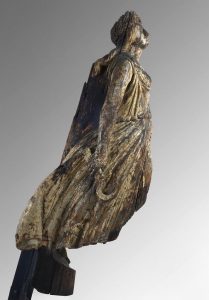
Ceres was directly involved in the lives of humans. As the Roman goddess of agriculture and harvest, she controlled the growing crops and made sure people had enough to eat. Our word in English, “cereal,” comes from her name. What imagery do you see that tells you that this is a statue of Ceres?
What do you think?


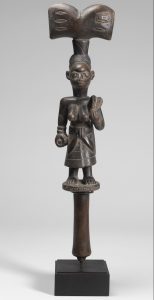
Shango is a demigod, or half-god, from the Yoruba tradition. Yoruba can be traced back to the current country of Nigeria. When honoring or summoning Shango, priests would dance while holding a double-headed axe. This one has a woman with a double-headed axe on her head. What kind of dance would you do to honor a demigod?
What do you think?


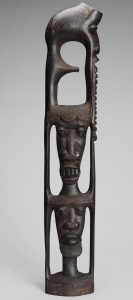
Artists make Shetani sculptures to show what they think the Shetani spirits look like. Shetani are mischievous and sometimes dangerous spirits in East African mythology. Does this sculpture look like how you would imagine a mischievous spirit would look?
What do you think?


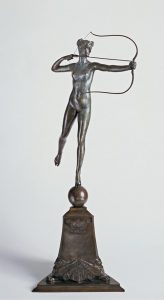
Always on the move, Diana is the Roman goddess of wild animals and hunting. She also later became the goddess of the moon, like her Greek counterpart, Artemis. This sculpture is a smaller copy of one that stood on top of a building in New York City. Where would you put a sculpture of Diana?
What do you think?


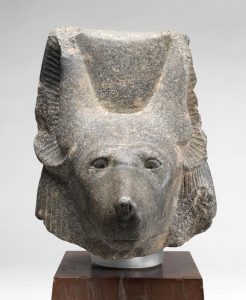
The Egyptian god Anubis, has a human body and a jackal head. Anubis is the god of the dead, but why does he have a jackal head? Some people think it is because jackals lived on the edges of cities near cemeteries. People who saw the jackals thought that the animals were protecting the cemeteries, like Anubis protects the dead in the myths.
What do you think?


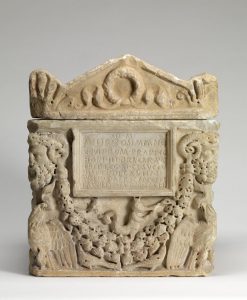
Often, there are similar gods across many myth traditions. In Roman tradition, Jupiter is the name for the Egyptian god Ammon. Both were rulers of the gods and the world. In Greek mythology the same god is called Zeus.
What do you think?


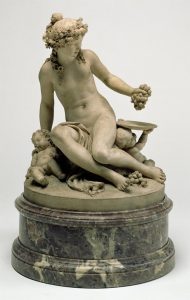
In Greek mythology, Nymphs come out of nature, like rivers and trees. They are also often mothers of Greek Heroes. What kind of heroes do you think these kids in the sculpture are going to grow up to be?
What do you think?


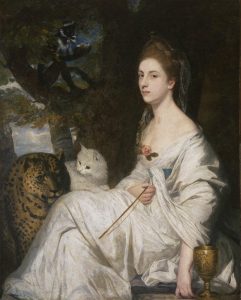
Circe is the Greek goddess of magic. She would enchant demigod (half-god, half-human) travelers when they came to her island home. Mrs. Nesbitt is painted to look like Circe because she was a spy for the British government in the 1700’s. Like Circe, she was able to enchant people into telling their secrets. Is there an animal or mythical creature that you think represents you?
What do you think?











